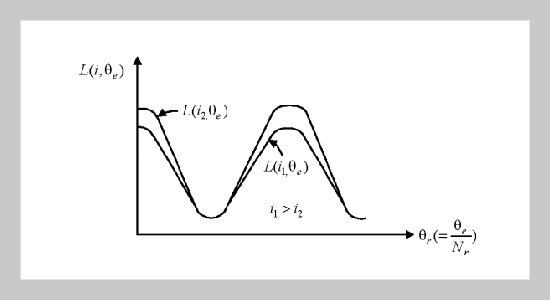K. I. Hwu This email address is being protected from spambots. You need JavaScript enabled to view it.1 1Institute of Electrical Engineering, National Taipei University of Technology, Taipei, Taiwan 106, R.O.C
Received:
December 26, 2007
Accepted:
February 10, 2009
Publication Date:
December 1, 2009
Download Citation:
||https://doi.org/10.6180/jase.2009.12.4.07
Although PSPICE is a powerful tool to simulate the circuits, it is a tough job to simulate the electromagnetic behavior of a converter-fed motor drive, particularly the switched reluctance motor (SRM) with many nonlinearities in its constituted components. Therefore, a simulation environment of the SRM drive combining the features of POWERSYS and SIMULINK is developed in this paper. In the establishment of SRM system components, the nonlinear inductance-current-position characteristics are experimentally obtained initially. Accordingly, the variation of the phase inductance with rotor position is approximately represented by Fourier series with the first three terms considered. The coefficients of the Fourier series are determined by the values of the inductance at the aligned position, the unaligned position and the position midway between the two. On the other hand, the variation of phase inductance with winding current for a given rotor position is fitted by a third-order polynomial whose coefficients are derived from experimental results. The construction of other components is also described in detail. Furthermore, how to speed up the simulation is suggested. Some experimental and simulated winding current and rotor speed dynamic responses are compared to validate the effectiveness of the developed simulation environment.ABSTRACT
Keywords:
Fourier Series, POWERSYS, SIMULINK, SRM
REFERENCES
















